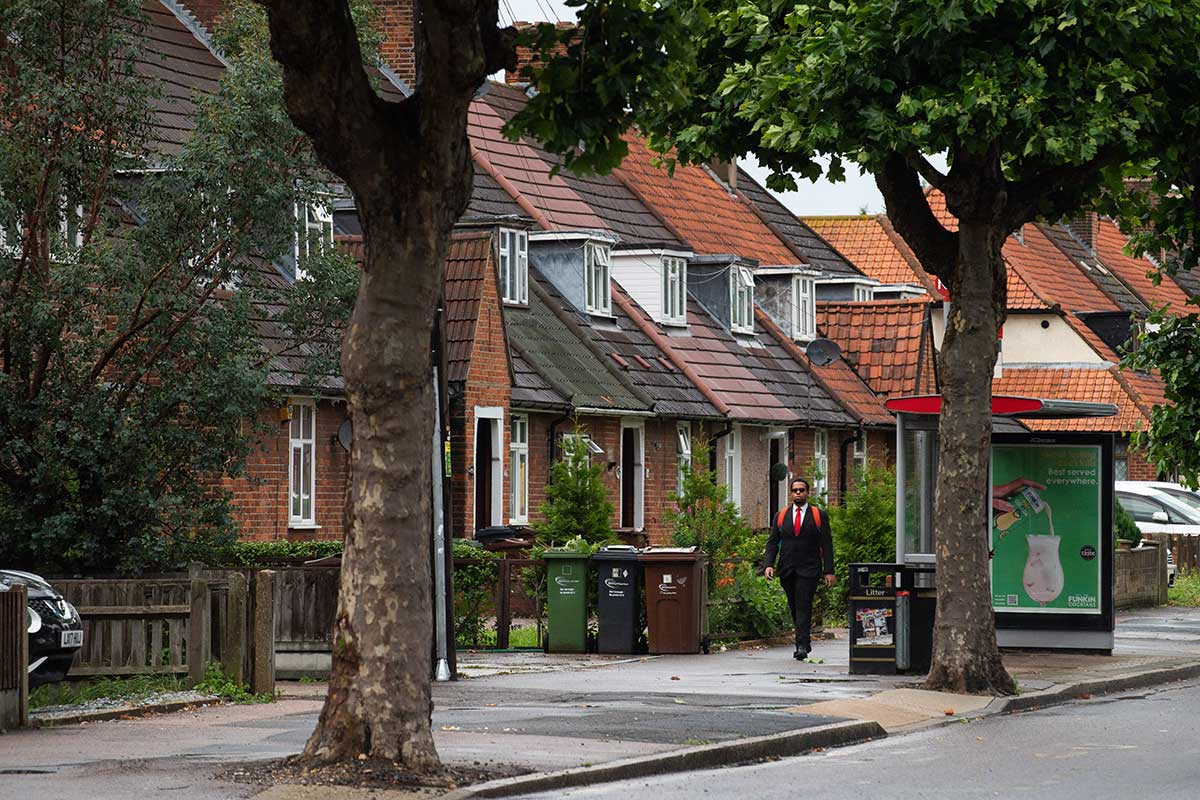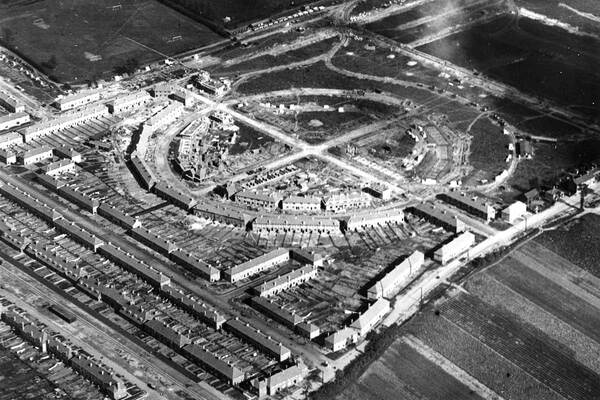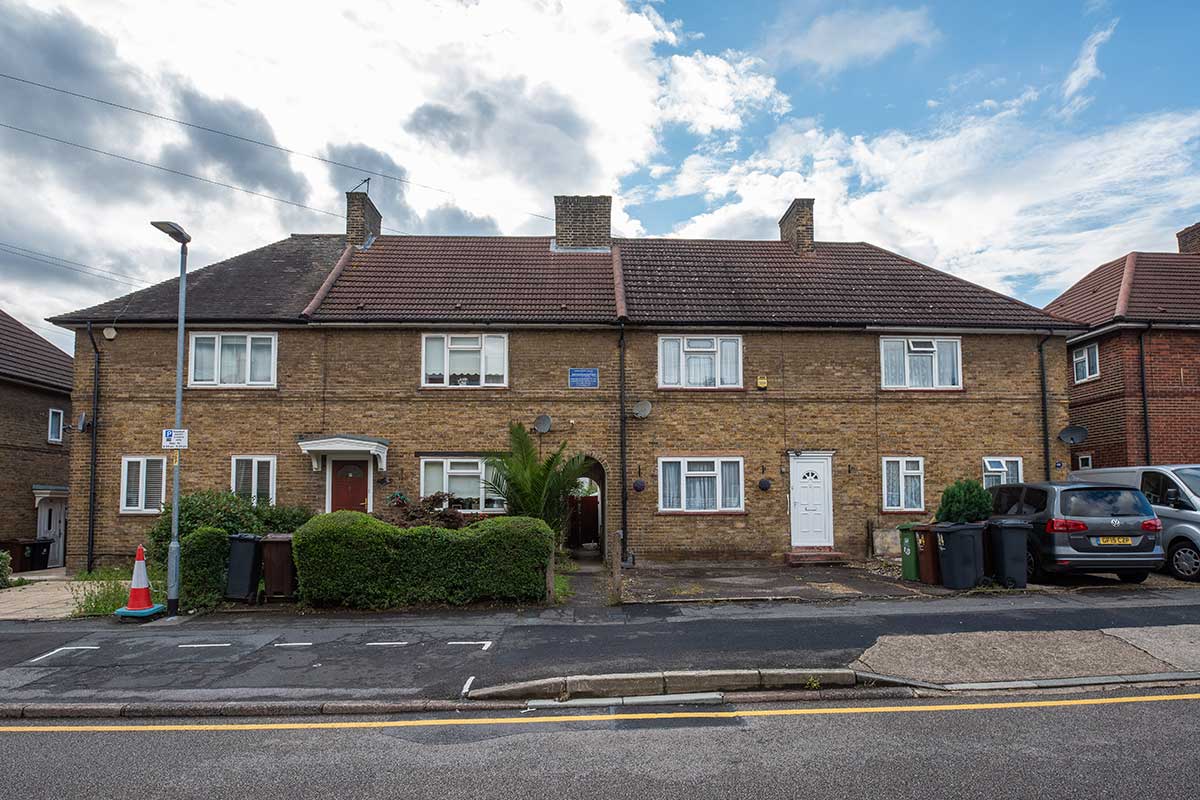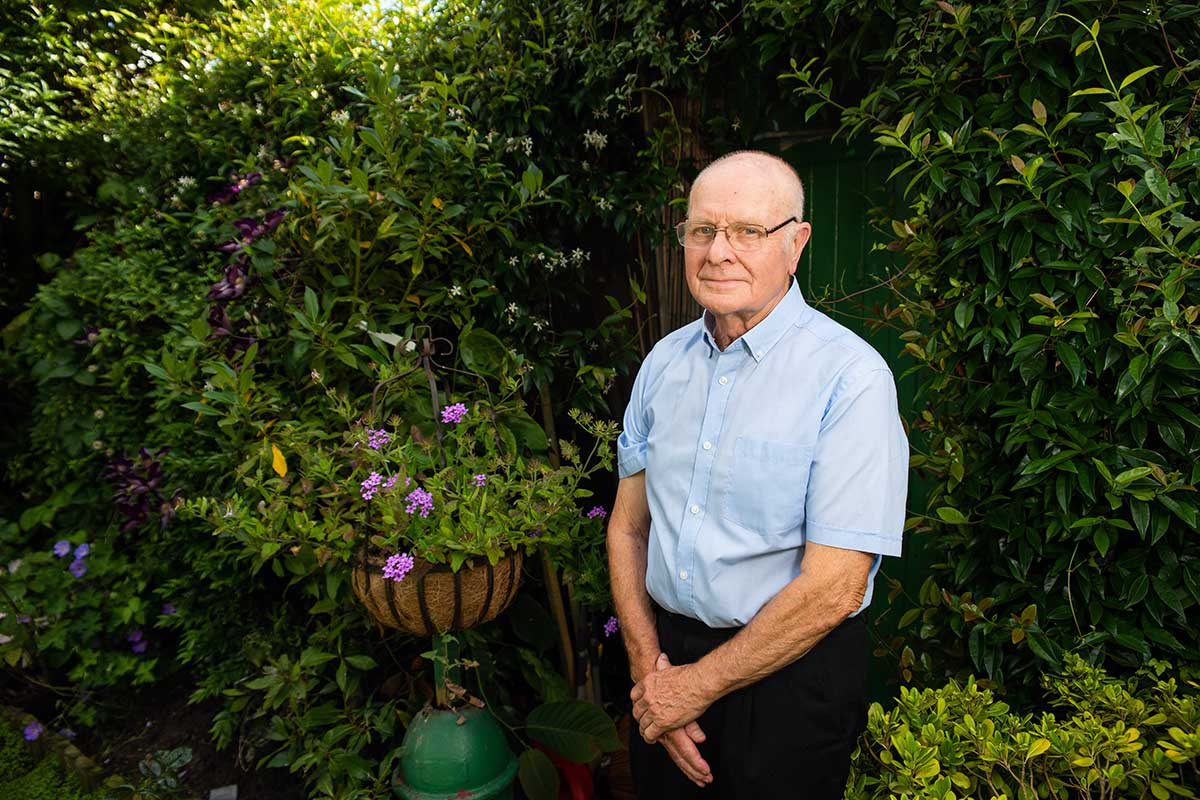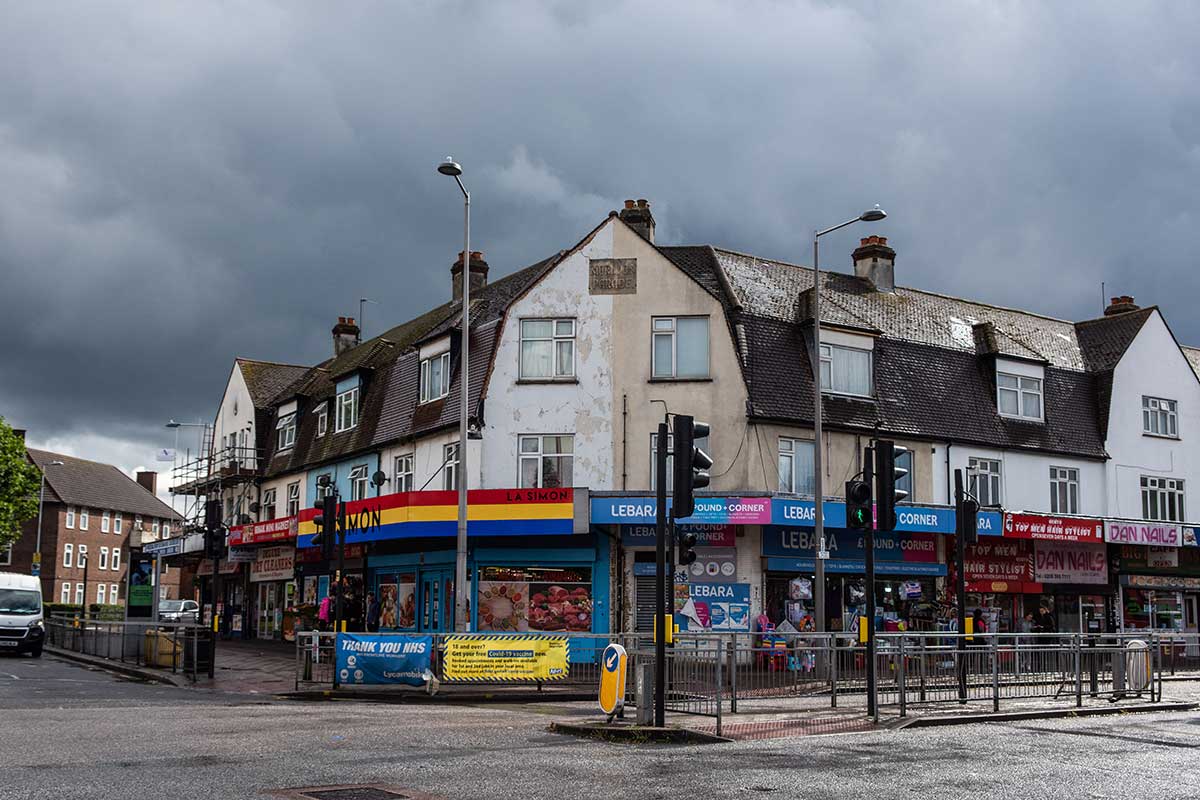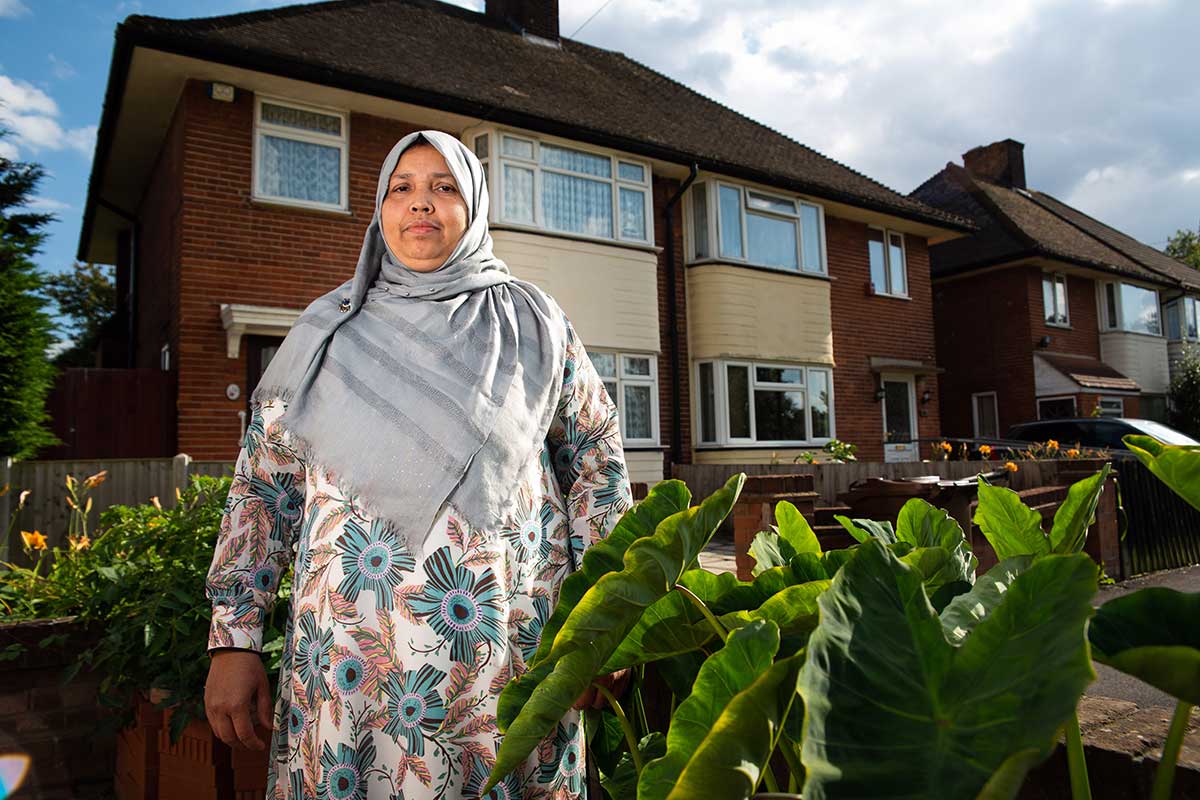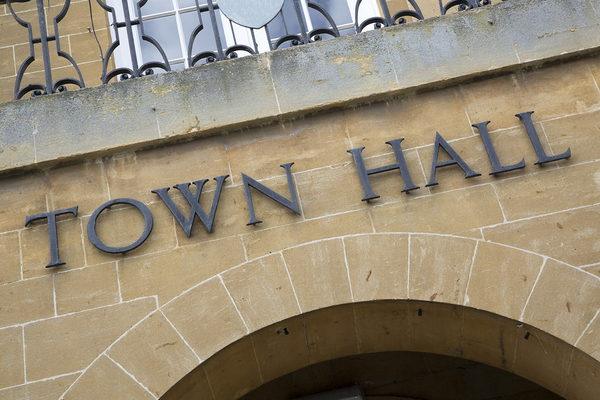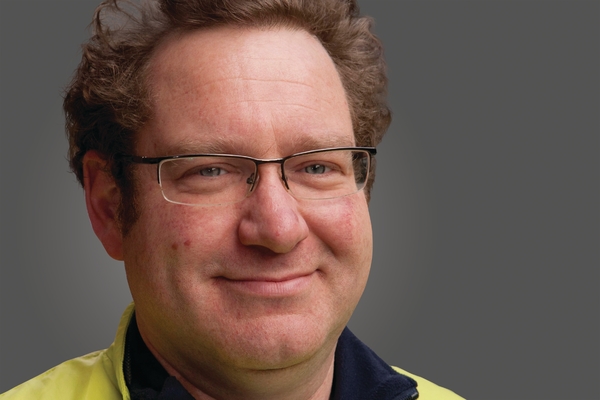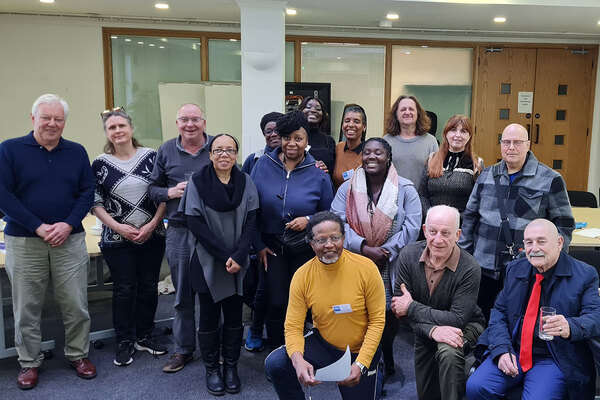Becontree: the 100-year-old estate
This year, the Becontree Estate in east London turns 100 years old. To celebrate the largest council estate in the UK, Inside Housing went round to see what makes the estate so special and how it has stood the test of time. Words and photography by Simon Brandon
“Like heaven with the gates off.”
That’s how the Becontree Estate appeared to one new resident who moved there from the East End of London between the wars.
“Compared to what she came from, it was heaven,” says Bill Jennings, a local historian and former manager of the estate. “You couldn’t get better. What a welcome to come to.”
This year, the 27,000-home Becontree Estate is celebrating its 100-year anniversary. It sprawls across four square miles, mostly in the London Borough of Barking and Dagenham (LBBD), and remains the biggest council estate in Europe.
Becontree’s genesis can be found in the horrors of the World War I. David Lloyd George, prime minister at the time, had promised “homes fit for heroes” to the mostly working-class men who returned home from the fighting – and with the 1919 Housing Act, his government set about honouring that pledge.
The first such homes were built at Becontree in 1921, on what was then the market gardens of Dagenham Village. A dedicated railway was built to carry building materials into the site from a newly built jetty on the Thames. The estate took 15 years to complete.
Many of the families who moved into Becontree came from the East End. For most of them, it was a radical improvement.
“Moving from the East End to somewhere like Becontree was unbelievable,” says Mr Jennings. “I was a five-year-old boy when I moved here, and I remember it as a sea of green.”
Every home had front and back gardens, a kitchen, at least two bedrooms, and hot and cold running water. Parks made up 10% of the estate, while hundreds of smaller ‘amenity greens’ were situated on street corners. You were never more than a short walk from a green space, a school, a doctor’s surgery or the shops.
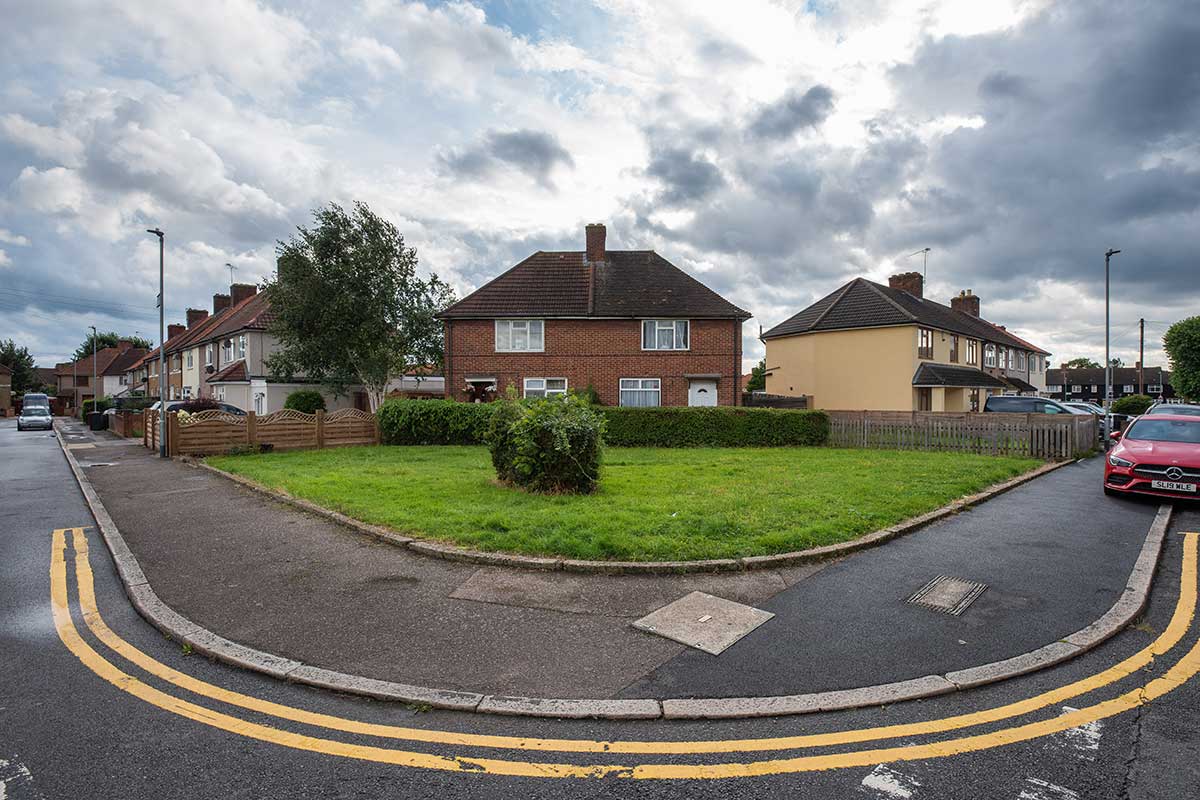
“We talk about the 15-minute community – that’s what this was, but 100 years ago,” says Darren Rodwell, leader of Barking and Dagenham Council and lifelong Becontree resident. “None of this is new. All we’re doing [today] is going back to what people realised was important back then.”
The homes themselves are an immediate link to that past. Around two-thirds were sold under the Right to Buy, and as on other estates the personal touches added by proud new owners – pebble-dashed walls, extensions, new front doors – have broken up Becontree’s original red-brick homogeneity.
But unlike many other estates, the buildings themselves are still standing.
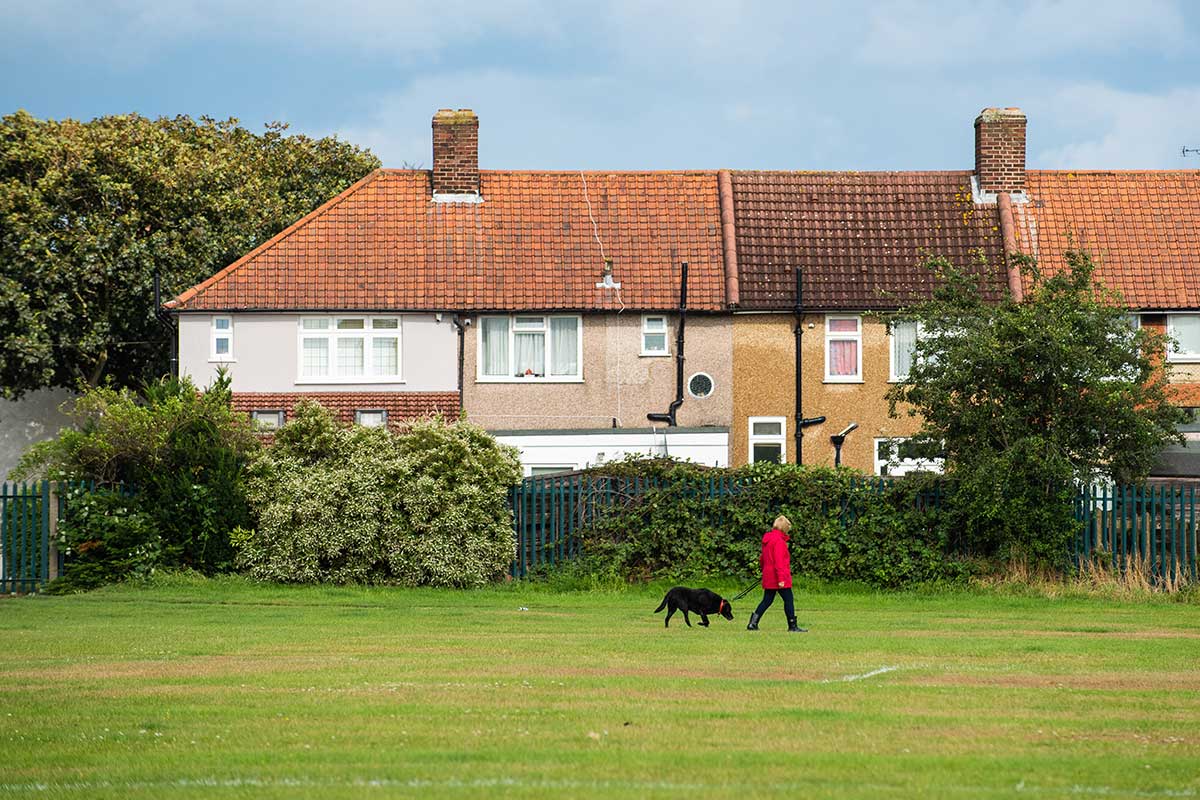
“They’re built so well – solid as a rock. You try and put a curtain rail up, drilling into the lintel would burn your drill out,” says Mr Jennings. “Those houses are still in incredible condition.”
The estate has seen some major changes over its lifetime, too. Most of the privet hedges that used to demarcate every front garden have made way for parking spaces. “We used to say you only ever saw a car if there was a wedding, a funeral or a police chase,” Mr Jennings recalls.
Peter Railton
Retired council worker Peter Railton moved to Becontree from the East End in 1943, after his family’s home in Poplar was bombed. The war was a frightening time, he recalls, but it brought people together.
“The community spirit was really good – and that’s something we have lost,” he says.
Mr Railton has done more than most to bring that spirit back. He started a local brass band in 1974, and a gardening club in 2000; both are still going strong. And last year, another global event – the pandemic – also helped to re-energise that sense of community, he says.
“Definitely. We’ve got a nice little banjo here [the local term for cul-de-sacs]… my son and I used to play [brass instruments] for the neighbours every Thursday. Lovely families.”
Perhaps the biggest shift, however, has been demographic. What was once a largely white, working-class area is today a microcosm of London’s modern diversity – and that, Mr Rodwell says, is one of Becontree’s greatest strengths.
“Diversity has brought life back into the Becontree,” he says. “My neighbours are Ghanaian, next door is a Lithuanian, then an English family, then a Romanian family. It’s fantastic. And that sense of community is still there. What I see growing here again is a new birth of community.”
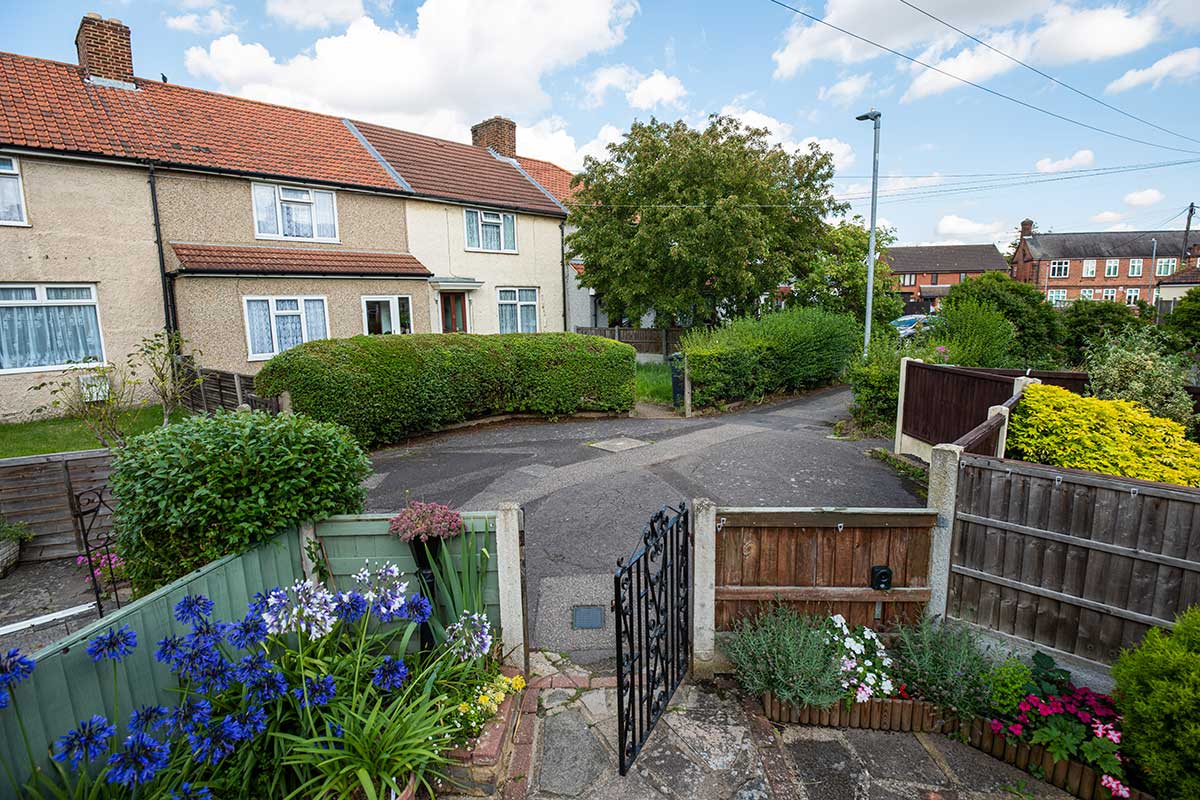
Becontree today is not, perhaps, as heavenly as it seemed to its first residents. The area is blighted by deprivation; 50% of children on the estate live in poverty, according to Mr Rodwell. But there is plenty of local civic pride, too – and through Becontree Forever, a festival of arts, music and architecture to mark the estate’s centenary, the council hopes to amplify that pride and remind Becontree’s residents of their estate’s history and strengths.
“Part of the centenary is to celebrate the 100 years that have been,” says Mr Rodwell. “But it’s also to say to people – be proud of what you have, because we want it to last another 100 years.”
Suraya Begum
Suraya Begum lives with her husband in one of the larger houses on Becontree. She grows aubergines and tomatoes in her front garden, and she’s very keen to show them off.
The Begums moved to the UK from Bangladesh 30 years ago. They have lived on Becontree, where they have raised four children, since 2003.
“One is a solicitor, one is a doctor, one is an NHS accountant, and one is 17,” Ms Begum says, with obvious pride.
Are they happy here? Ms Begum nods. “I like the view,” she says, pointing at the large, well-tended green over the road. “And this is the quietest part of Dagenham.”
Sign up for our Council Focus newsletter
Already have an account? Click here to manage your newsletters
